Whatever the genre of photography you specialize in, the chances are that at some time or another, you will photograph people. This might be street or candid, travel, or of course portraiture in a studio or outdoors.
As recent events online with Facebook and Google have demonstrated, many people do not understand their rights to privacy, these mega companies have had free reign to do pretty much what they want with your personal data.
However, people are entitled to certain degrees of privacy and one of those is how their image is used in photographs. To overcome this, photographers use a legal document called a model release.
Today we are going to look at what a model release is, why and when you should use it.
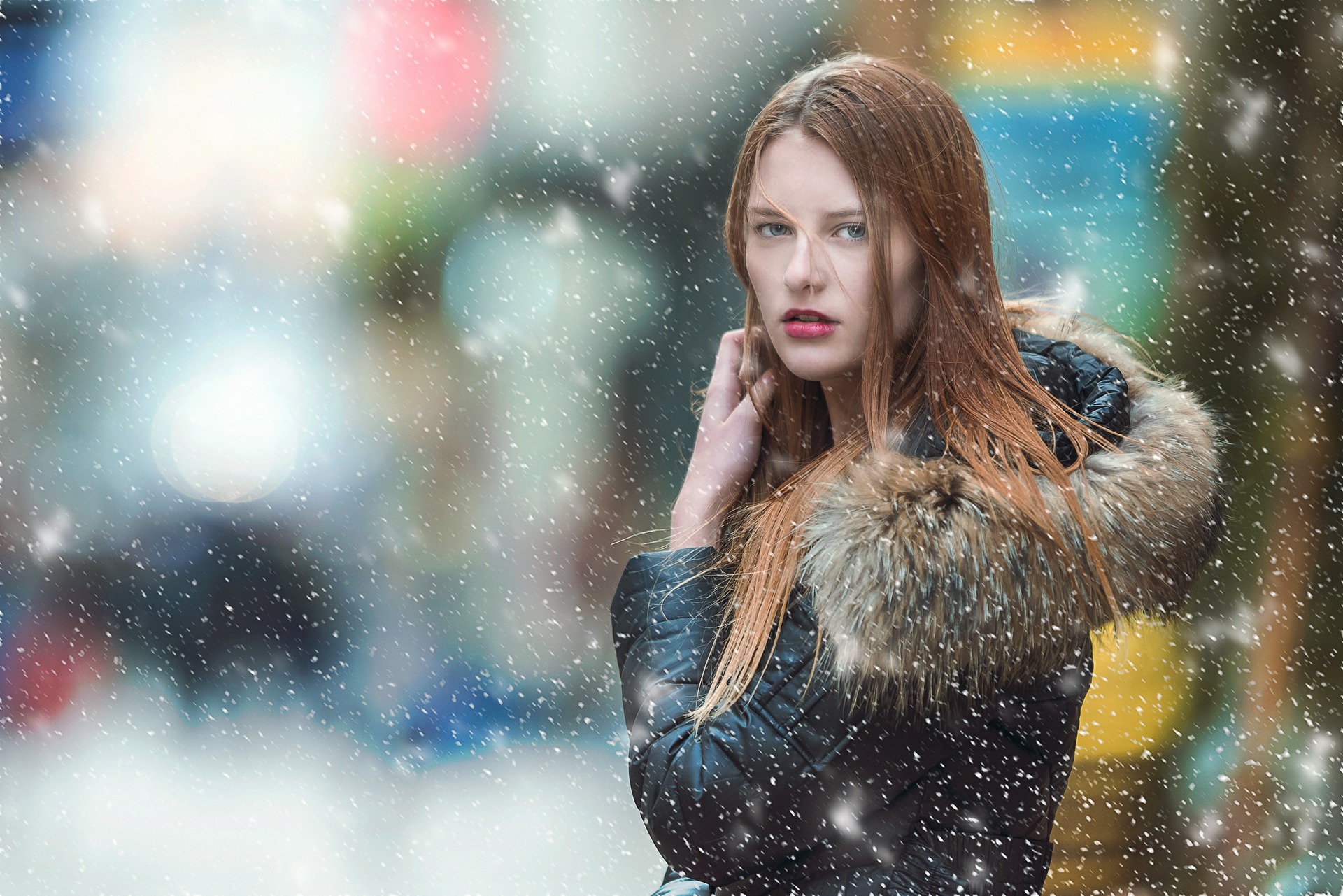
1. What Is A Model Release?
A model release form is a short, legally binding contract between you and the person you are photographing.
In it, the subject gives their permission to the photographer to use images captured of them for any purpose. This includes with or without retouching or any other alteration to the image as the photographer wishes.
In short, it is exempting the photographer from any civil lawsuit that might arise out of the use of his or her photographs.
Many photographers will license their images to third party businesses such as advertising agencies or web designers. When they do this, they have little to no control over how the image will be used. If a model objects to the way his or her image is used and there is no model release, it will be the photographer that is liable not the third party company.
If a model release has been signed, then it would be very difficult for the subject to bring a law suit and even more difficult to win it.
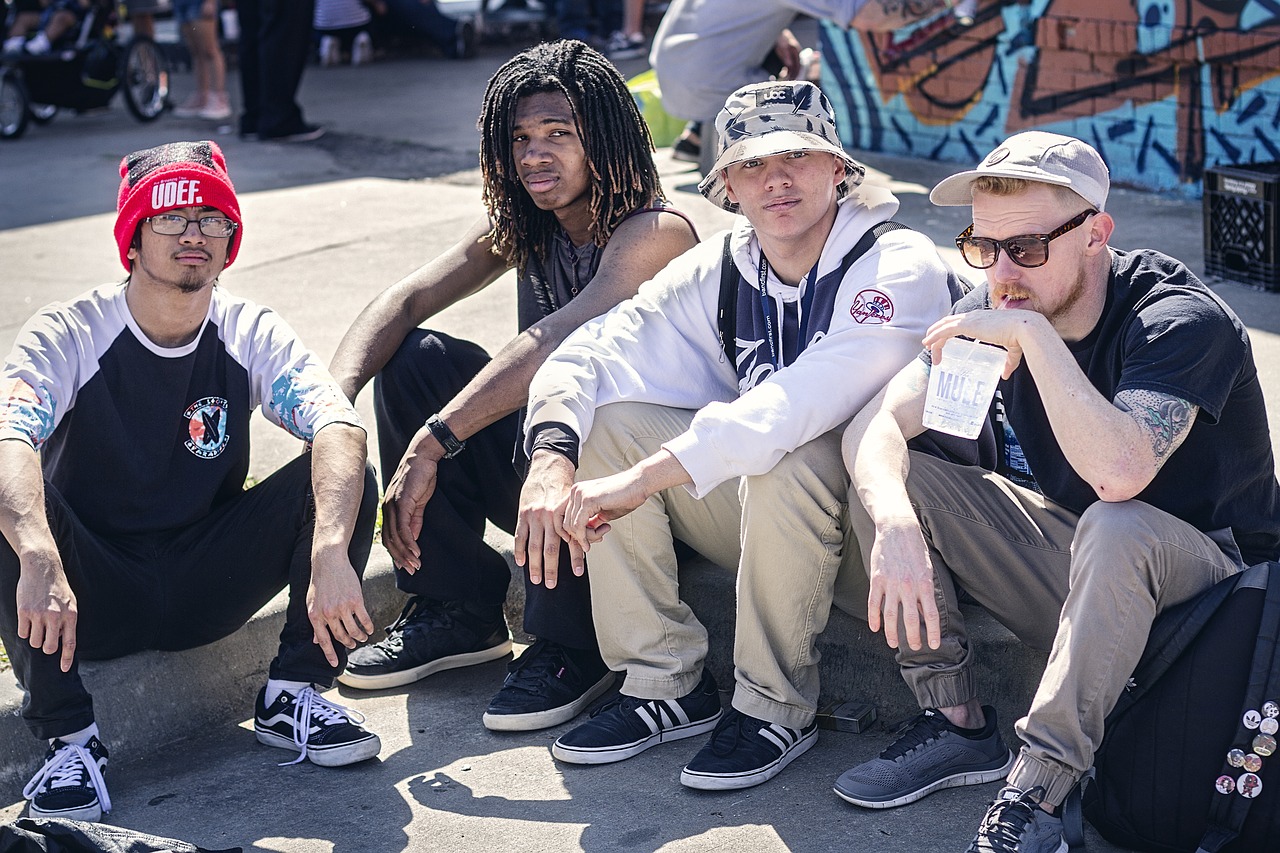
2. When Should I Use One?
The primary factor in deciding whether you need to use a model release is how you intend to use the final image.
If you plan to sell the image either directly, to agencies or for stock, then you will almost certainly need to get the subject to sign a release. This will allow the end user to use that image for commercial purposes. That might mean using the image as part of an advertising campaign to promote a product or service or on packaging or other products that are sold.
In short, anything that might be used to profit directly by using the image.
It’s important to know that you need a model release for anyone recognizable in the photo, even if they are in the background of the shot. Recognisable does not just mean the person’s face, it could be any feature that makes identifies that person.
There is, however, a license genre that does not require model releases and that is editorial use. Editorial use is where the image is used in a journalistic way, to illustrate a newspaper article or magazine even for nonfiction books.
Some stock agencies will allow images for editorial use, often requiring a specific editorial caption, others will not accept editorial at all.
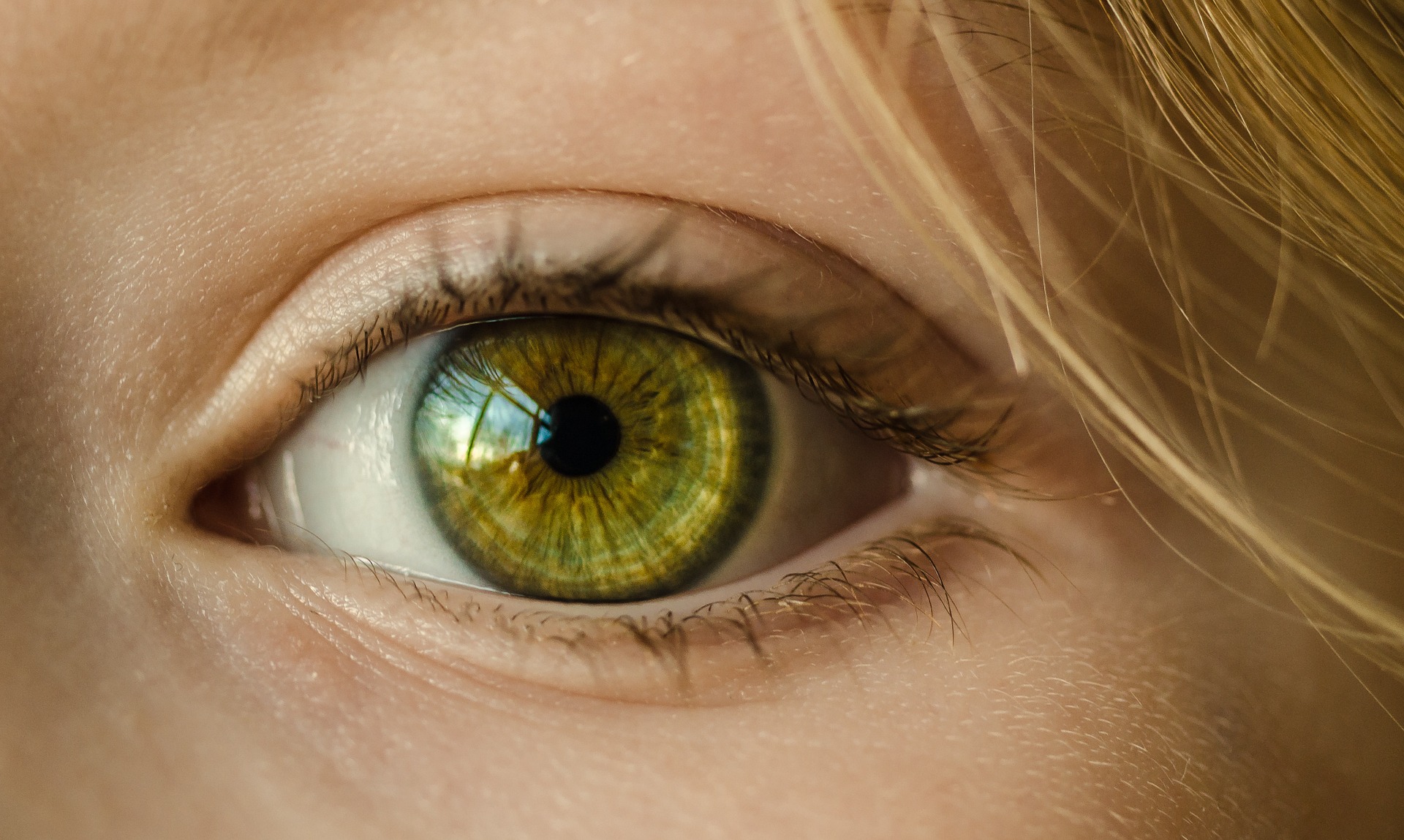
As a rule of thumb, however, you should try to get a model release for everyone in your image, this gives you much more flexibility over the future use of the image.
Even if you are not a professional photographer you should try to get model releases if possible. In the future, you may wish to submit images for stock, or may even get approached by someone to license your image.
Without the model release, your images will be restricted to editorial use only.
Also note that if photographing children, you need the model release to be signed by the parent or legal guardian of the child. You can use model release forms specific to photographing children
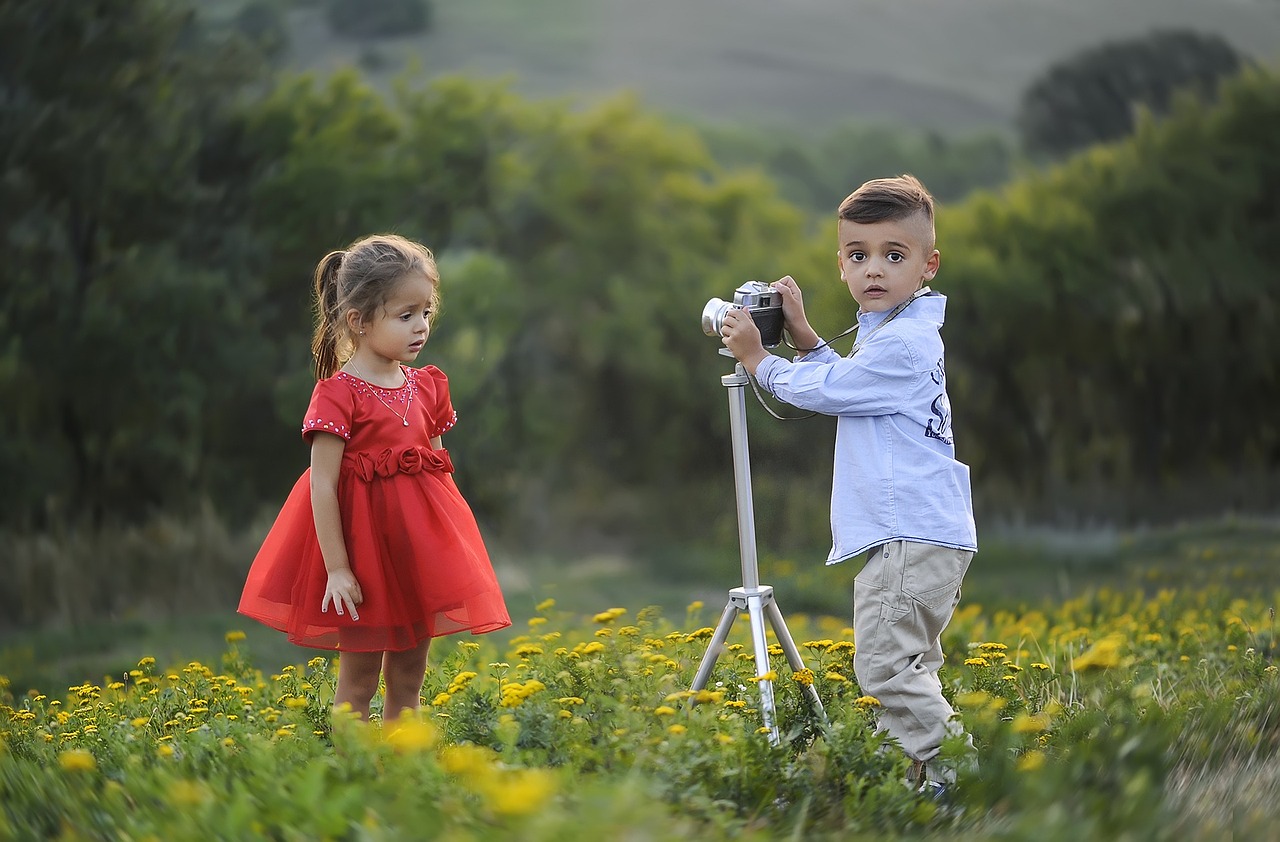
3. Where Can I Get Model Releases.
There are hundred’s of places online to get model releases forms. However, the best ones are often found at stock agencies. These are often watertight legally and can be modified for your own use.
Gone now are the days of having to carry and organize dozens of pages model release forms. Now there are some fantastic apps that allow your model to sign using a smartphone or tablet. These apps allow you to keep your releases organized, export them as PDFs, and print them if required.
The recent privacy scares in social media will certainly lead to a higher awareness of personal privacy among people. For this reason alone its well worth getting used to using model release forms.
Although it can be a little awkward to get them signed if not using a professional or amateur model, they could protect you in the future from any civil lawsuit.
They can also give you the freedom to use your people photographs however you wish.

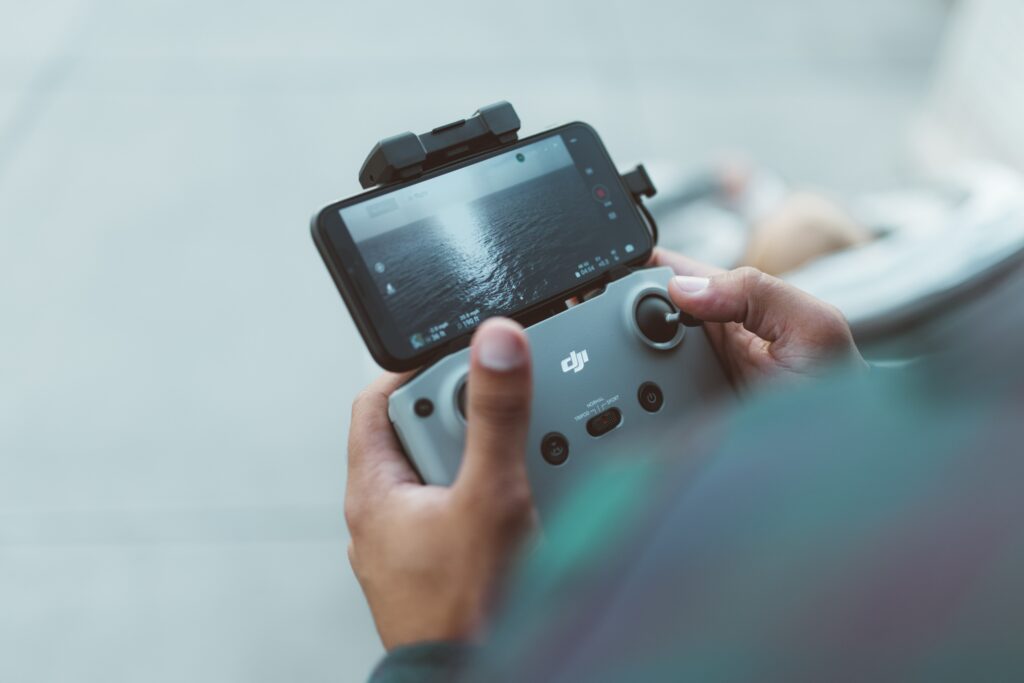

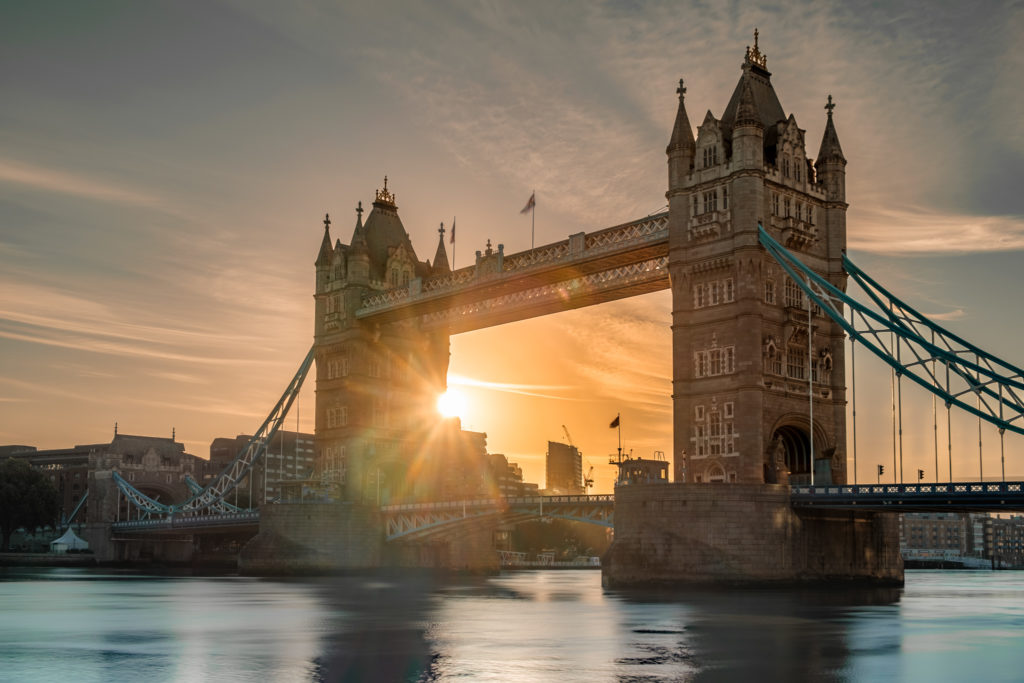
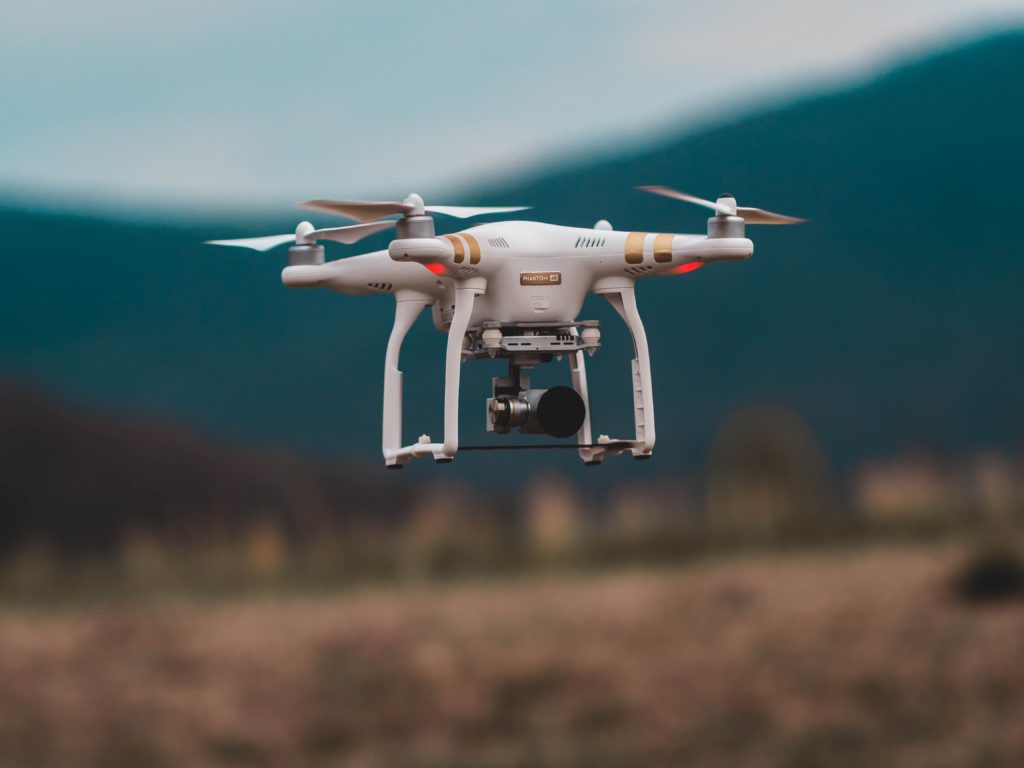
1 Comment
There are actually very few to no apps for model releases. The few that exists are not great, charge and then recharge for extra features, and are incredibly clunky to use and configure. Support updates are also nonexistant. What app(s) do you use? I’ve tried them all and none are great.